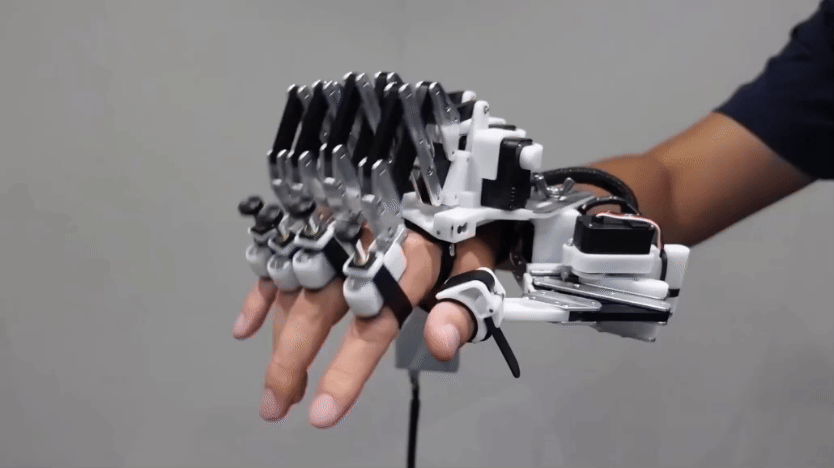Here’s why being creative is good for your brain
Learning music, making art or even doodling can benefit learning and behavior
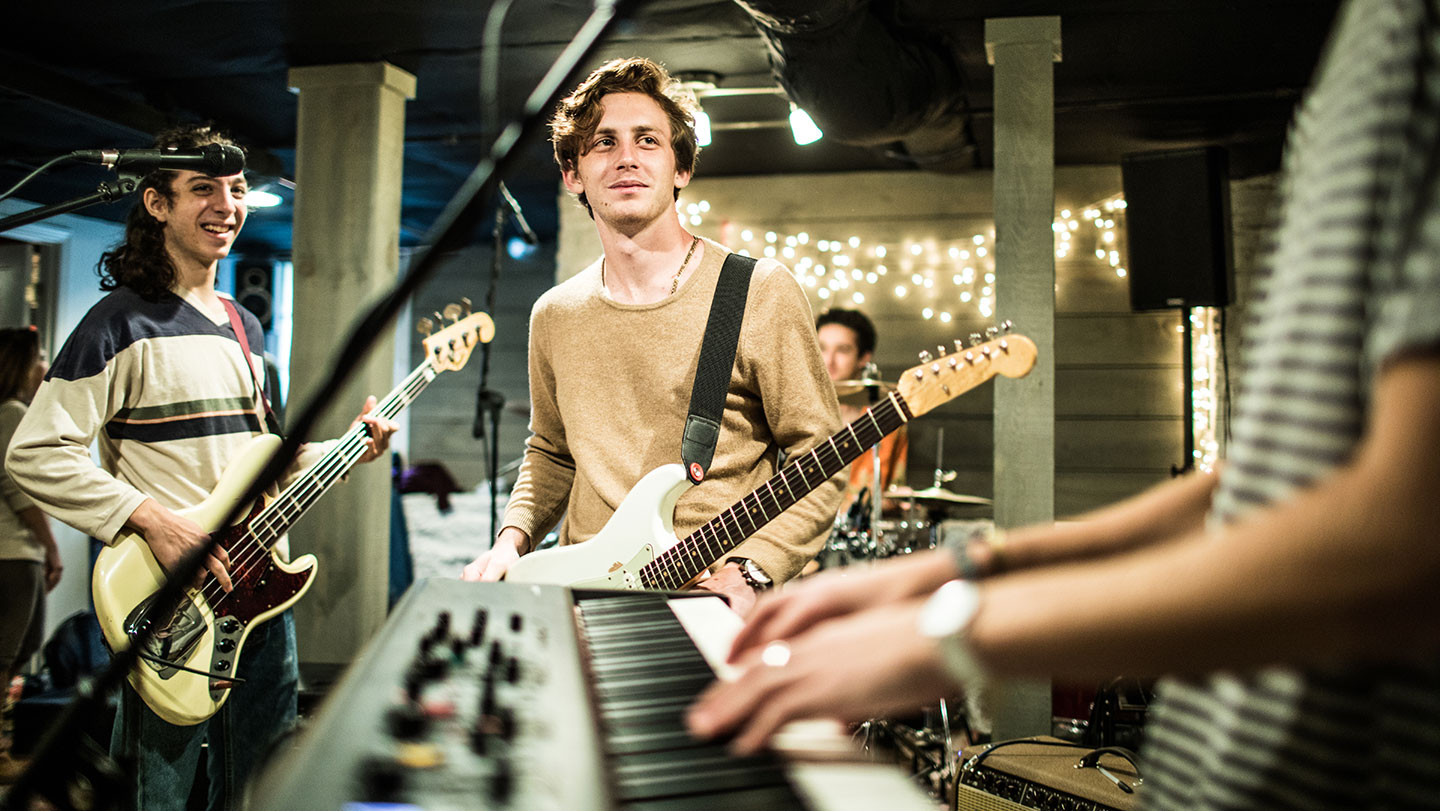
Some research has found that people who get into the same rhythms have higher levels of empathy. This happens when people play music together.
MoMo Productions/Digital Vision/Getty Images Plus
You probably know lots of things that are good for your brain. Reading and working puzzles, for instance. Getting enough exercise and sleep. Eating healthy foods. Now here’s something else to add to the list: arts.
Arts engage many parts of your brain. Think about playing a musical instrument. That requires control of multiple parts of your body. You also listen to the sounds you make and learn the pattern of which notes come next. To draw, you might imagine a scene and plan how to bring it to life. Dancing requires balance and coordination. Even looking at a painting pushes you to think about what you’re seeing and what it might show.
But activities that tap into these brain tasks could boost skills that are useful in other situations, too. In recent years, scientists have been researching how arts affect our body, brain and behavior. They call this new branch of science neuroarts.
Its researchers are finding that creative activities can be very good for you. Practicing or just enjoying the arts can change your brain and behavior, data show. Those changes can improve mental and emotional health. They can even help you do better in school.
Brain shifters
Jessica Bone recently cowrote a report that reviewed studies on the arts and well-being. An expert in health statistics, Bone works at University College London. That’s in England. Overall, taking part in arts activities can reduce signs of depression and boost motivation in kids and teens, she finds. She found research that linked engaging in art through clubs or other activities with fewer negative behaviors, such as skipping school and substance abuse.
In one study, children who at age 7 enjoyed creative activities — such as telling stories or doing crafts — were less likely than other kids to have behavioral problems at age 11. They engaged more with other people. They also were better able to pay attention to adults. Another study found that dance-movement therapy helped adolescents with mild depression.
But art may not just lift your mood. It may even lead to changes in your brain.
The brain’s prefrontal cortex controls things like decision-making, planning and paying attention. It helps you control impulses, organize your time and think creatively about problems. Together, all of these tasks fall into a category known as executive function. Training in arts may affect how the brain handles these tasks.
Assal Habibi is a neuroscientist in Los Angeles. She studies the brain at the University of Southern California’s Brain and Creativity Institute. Her work focuses on how music affects the brain. Kids in music programs tend to manage executive-function tasks better than kids who aren’t involved in music, her group has shown. They are better at taking turns, paying attention to others and listening before they speak.
In one study, Habibi and her team used magnetic resonance imaging, or MRI, to track brain changes and activity in kids 9 to 11 years old. Parts of the brain that process sound were thicker in musically trained kids. That may be a sign of greater function in these parts of their brains. And the effects may last for years, their data showed.
Brains of kids who’d spent two years learning to play a musical instrument showed another interesting change, Habibi’s team noted. They showed more activity in regions that help rein in impulsive reactions. Such impulse control is part of executive function. Habibi thinks this may be an added benefit of musical training. For instance, when you play music with others, you have to pay attention to them. You have to wait for your turn. You have to resist the urge to jump in before it’s time for your part.
Parents noticed a difference in student musicians, too, Habibi says. After their training, those students seemed less hyperactive and less aggressive. They also were better at interacting well with family and friends.
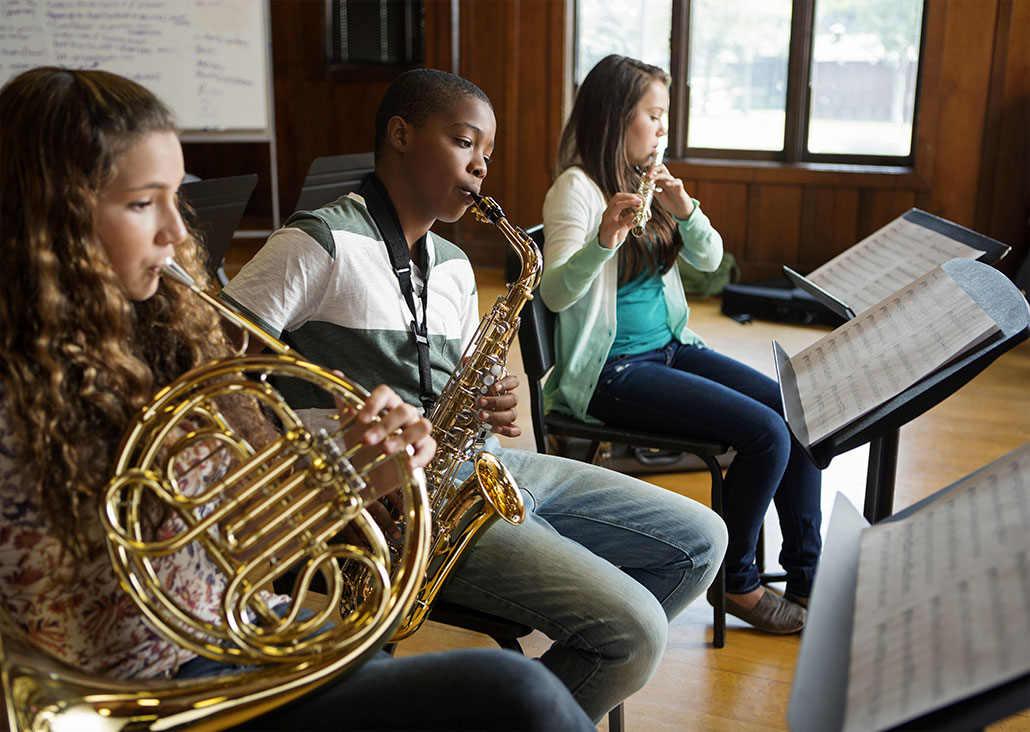
Making the brain more flexible
Music and other forms of art can trigger brain changes because of what scientists call plasticity. This is the ability of the brain to reorganize itself. Connections between neurons, or nerve cells, can form or break in response to music and other experiences.
“Learning music makes the systems of the brain that are responsible for executive-function skills more flexible,” says Habibi. “This makes them more ready to be used — even when you’re not playing music.”
For instance, she studies how music influences the way we process language.
In the lab, Habibi put electrodes on kids’ scalps. These measure the electrical activity in their brains. Then the kids listened to different types of sounds. They might be parts of words or different musical pitches. Some were nature sounds. Others were just noise.
Parts of the brain that engage with sound were more active in the kids who’d had music lessons than in those who hadn’t. No matter what sounds they heard, kids who’d had musical training processed these faster and more efficiently.
These kids will likely have an easier time learning other things based on sound, such as a second language, Habibi concludes.
Such training might aid people with dyslexia, a common reading disorder. Their brains have trouble working out how speech sounds match up with written words.
In fact, training with sounds can improve dyslexia in both kids and adults, Nadine Gaab has shown. At Harvard University in Cambridge, Mass., she studies how we learn language. In one study, 9- to 12-year-olds listened to sounds as they lay in a brain scanner. The sounds weren’t words but used rhythms similar to speech. Some rhythms were fast, others slower.
In 22 kids with dyslexia, the same parts of the brain responded to all the sounds, regardless of how fast they changed. In typical readers, 11 brain regions tended to respond differently when listening to fast sounds compared to slow ones.
Afterward, the students with dyslexia got special training with sounds. They listened to chirps, whistles and some speech sounds. They were asked to identify, for example, which sounds rose or fell in pitch.
After eight weeks of this training, the brains of children with dyslexia responded to sounds in the same way as the brains of typical readers. And even though the training did not involve reading, the kids’ test scores for reading improved, too — enough to reach a normal range.
Do you have a science question? We can help!
Submit your question here, and we might answer it an upcoming issue of Science News Explores
Drawing connections
All sorts of art can be good for the brain — even a simple doodle.
Doodling while learning something can help people better remember that information, several studies have shown. In one, 12- to 13-year-old students in Iran took short tests after a series of science lessons. During some lessons, students were given blank paper and invited to doodle during class. Those who did so improved their test scores more than those who hadn’t. They did about 20 percent better on tests they took after doodling.
Similarly, college students in Canada remembered a list of words better if they could draw pictures as they read the words. The words were simple, easy-to-draw items, such as “apple.”
And in a famous study of adults, people had to listen to a long, boring recording of a phone call. The call was about a party. It mentioned the names of people who had attended, mixed in with other info. The listeners were asked to jot down any names they heard.
One group of participants was asked to doodle while they listened. They ended up remembering more of the names than those who hadn’t doodled. Doodlers also recalled more of the other details from the call.
Such results suggest art might help people learn — even about unrelated things.
Art in the classroom
In the 1990s, Mariale Hardiman was the principal of Roland Park Elementary and Middle School in Baltimore, Md. Its students had struggled with declining test scores. A lot of her former students said that after struggling in school, getting into the arts really turned things around for them. In hopes of helping her school, she began a program called arts integration.
This isn’t about tackling art or craft projects that somehow relate to a lesson. Instead, it makes art a part of the teaching in a wide range of subjects. Students might put history facts they’re trying to memorize to a rap beat. Or they might make up a song about math rules. Some might create a dance to show the shapes of galaxies or phases of the moon.
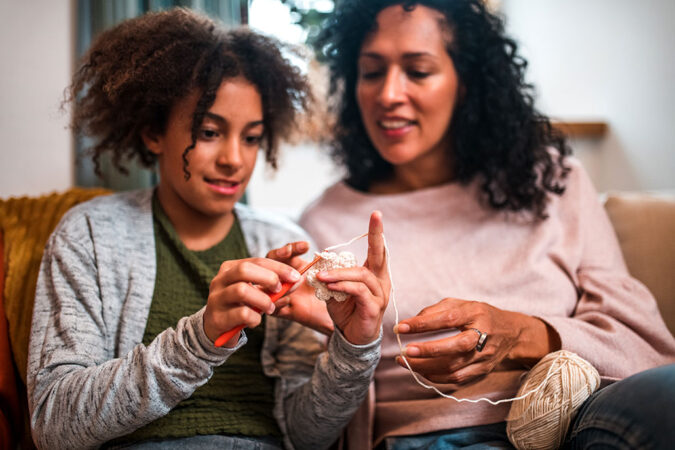
Students taught this way remembered more of what they learned. And the school’s test scores improved.
Still in Baltimore, Hardiman now works at Johns Hopkins University. There she helped found the Neuro-Education Initiative. Through it, her team has been studying how brains learn. As part of that, they’ve been probing the science of arts integration in learning.
Art’s strongest benefit showed up in students who had been struggling in school. And the benefit they got carried over into classes that hadn’t added in the arts.
In one study, a group of students integrated art into their lessons for the first half of the year. Then they learned without it for the rest of the year. Another group of students learned with arts integration only in the second half of the year. Both groups saw an advantage over students who hadn’t had art included in any of their classes.
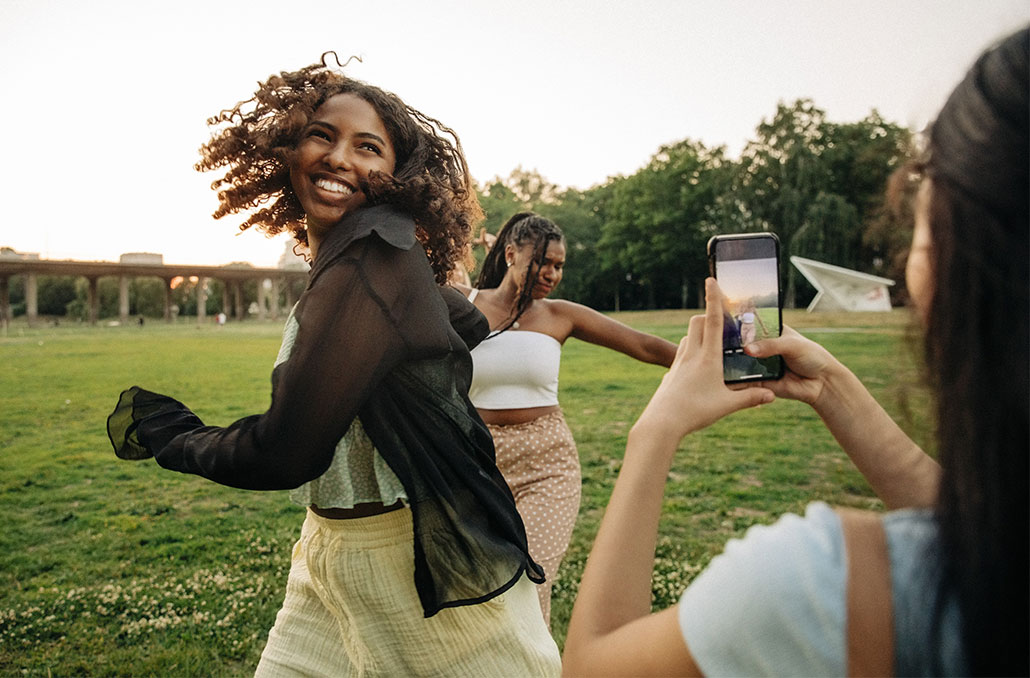
Of note, kids who used arts integration in the first part of the year also did better in the second half. This happened even though their teachers were no longer building arts into the lessons.
Hardiman suspects this was because those students continued to use those artsy tricks on their own. For instance, she found some students kept a sketchbook and drew pictures of what they were learning.
Although data on the benefits of art continue to build, arts programs often are among the first to be cut at schools short of money. According to the American Academy of Arts and Sciences, art education has been declining for 20 years. And this has only gotten worse since the pandemic. Habibi finds this shortsighted.
Schools should see arts as a critical part of learning, says Susan Magsamen. She directs the International Arts + Mind Lab at Johns Hopkins University School of Medicine. Such programs teach far more than just art, she says. Studying arts in school helps the brain develop. It guides social and emotional learning. “I don’t think we should tie the arts to content areas or use them just for enrichment,” she says. The arts should be subject areas all on their own.
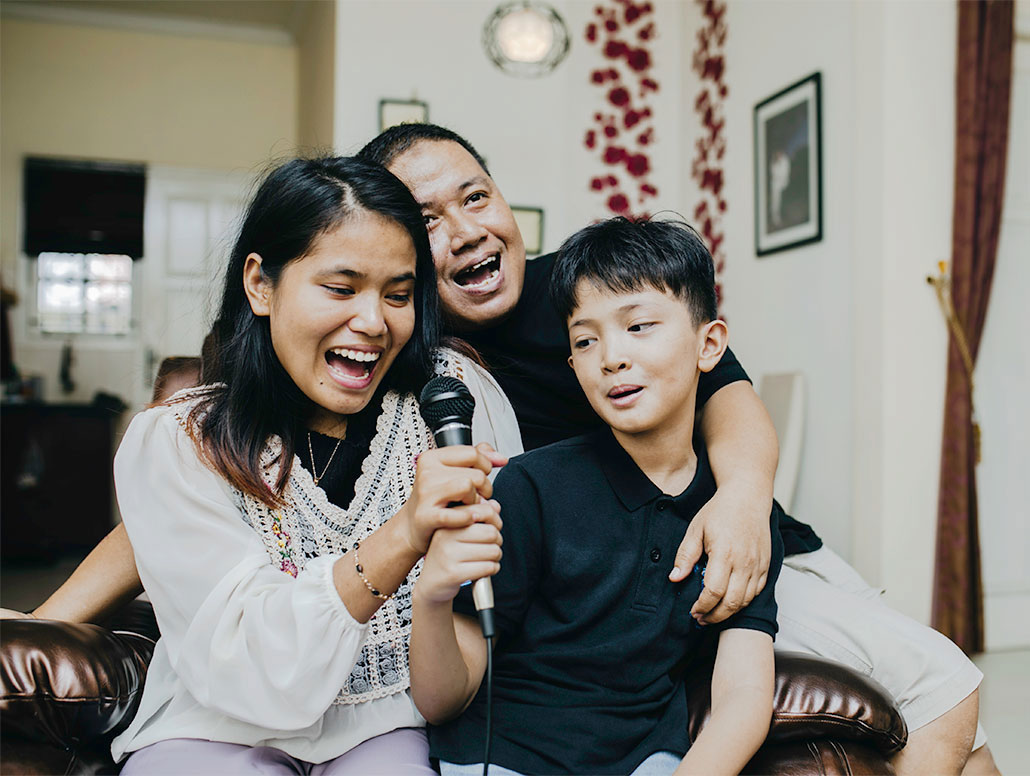
No talent? No problem!
Do your portraits of people look like stick figures? Do your songs make your friends cringe? None of that matters when it comes to learning, Habibi says. You don’t have to be trained or talented, she says, to make or enjoy art. Just include it in your everyday life.
That might be singing with others or drumming on your desk while you do homework, she says. Making jewelry, keeping a sketch pad or putting together skits with friends are all ways of making art.
“We need to think much more broadly about different types of creativity, especially for young people,” says Bone, the researcher in London. For instance, “They might be content creators for TikTok. That can involve so much creativity.”
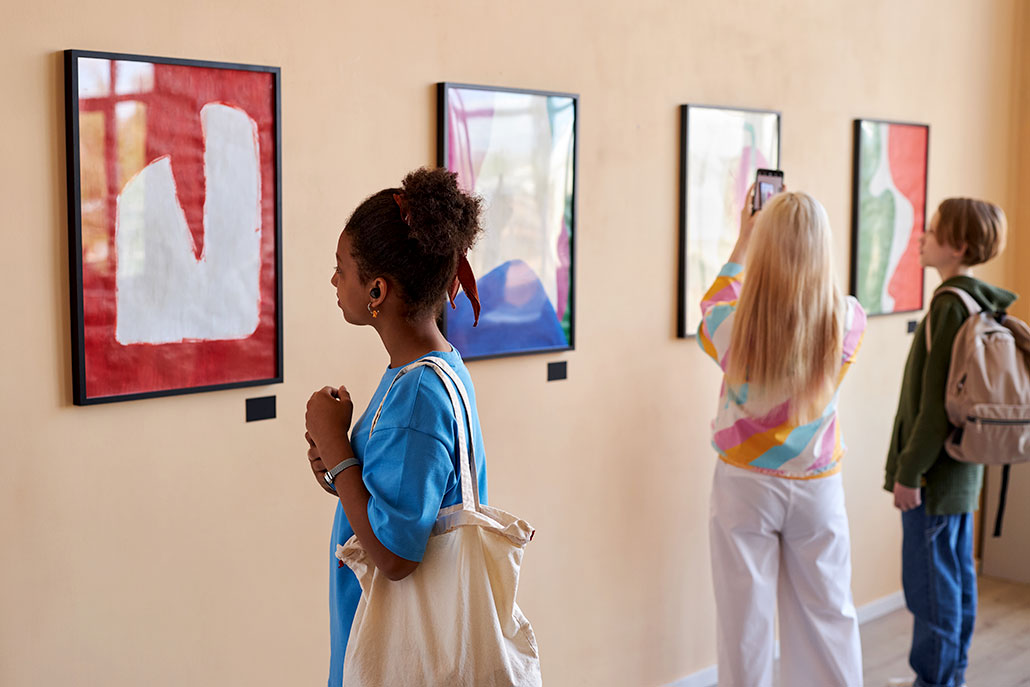
Some work is showing that even viewing art can cause lasting changes in how we feel and act. Take research done at an art museum in Vienna, Austria. One exhibition there used a theme of vulnerability to show the experiences of immigrants. After viewing the art, visitors reported feeling more empathy. They reported helping others more often and thinking about their own actions, even a week later. This work published this past August 5 in Psychology of Aesthetics, Creativity, and the Arts.
So visit museums. Go to concerts. Watch plays. All of these may help boost brainpower in beneficial ways. Let your inner artist shine.






